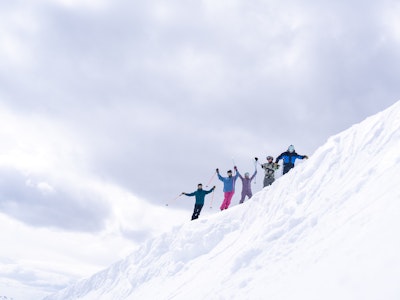

STORM AFTER STORM AT THE CALIFORNIA RESORT BRINGS ABOUT SECOND SNOWIEST AND LONGEST-EVER SEASON ON RECORD
Featured image by Peter Morning
When your 120-pound Alaskan Malamute snow dog can’t get out your front door because the snow that fell the night before is up to his neck, you know it’s going to be a crazy-good day of skiing at Mammoth Mountain, California. With 618 inches of snow falling in the 2016-17 season, there were plenty of days like this, where the only thing holding you back from the hill was the time it took you to dig out of your house.
In January alone, the resort received more than 20 feet of snow (246 inches), easily surpassing the snowiest month on record, which was previously 209 inches, set in December of 2010. The 2016-17 ski season was Mammoth’s second snowiest and longest on record, lasting from November 10, 2016 until August 6, 2017. That’s 270 days of awesome skiing and riding.
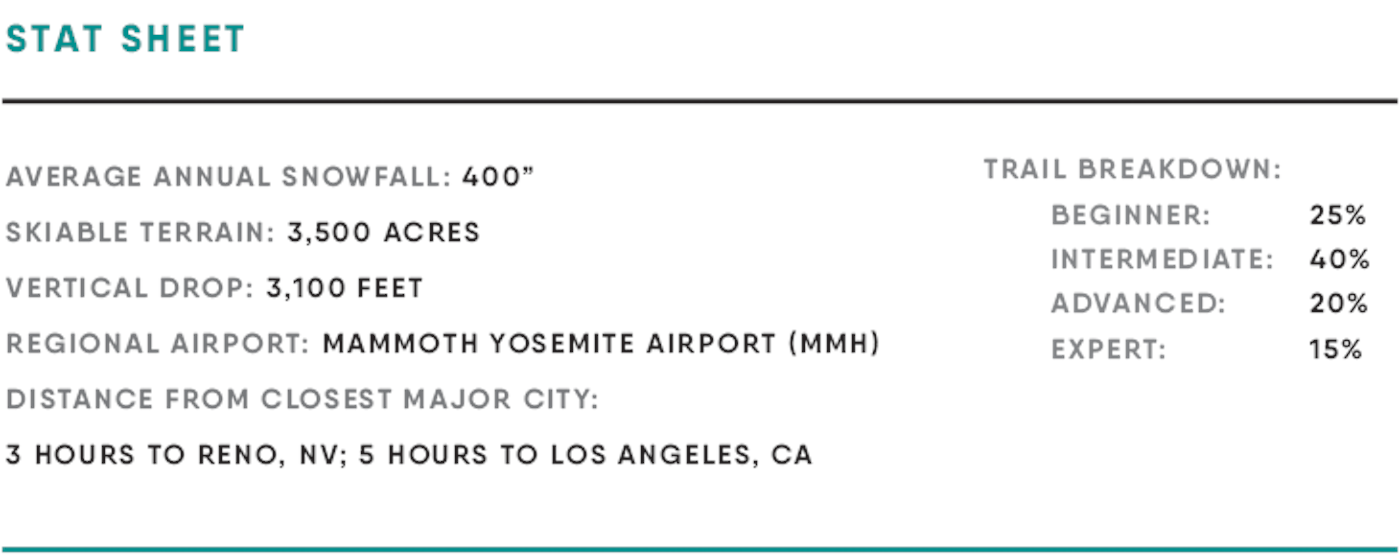
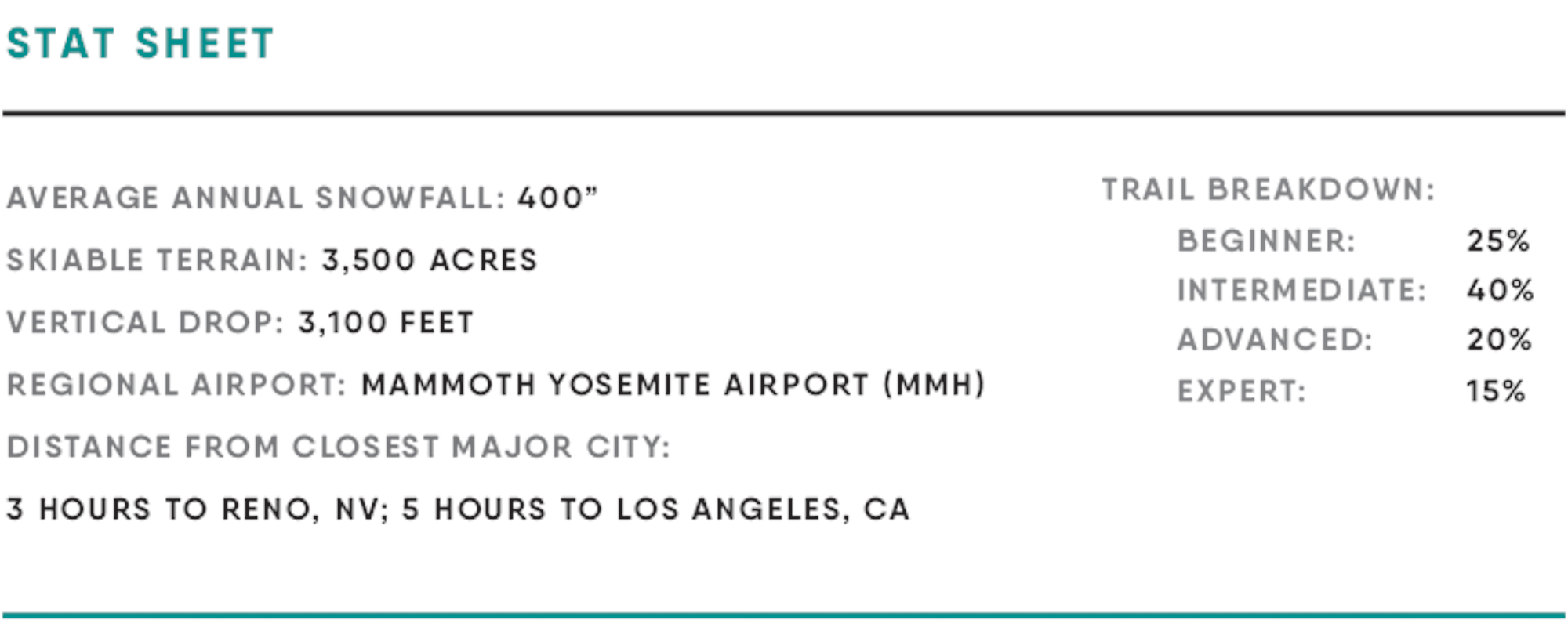
Runs that were inaccessible for the past four or five years due to drought conditions were open and receiving regular refills, allowing everyone to experience a powder day at some point during the season. Huevos Grande from the top, Top of the World and the East Wall of the Hemlocks were just a few. Even some trails not listed on trail maps, such as Hoyt’s Hoot and other cliff pokes, were open and ready for expert skiing and riding.
While Mammoth is historically no stranger to huge amounts of snow like it saw this past season, the manner in which the snow was delivered is what really stuck out. Storms hammered white stuff on the town and the mountain for weeks at a time, coming in back-to-back patterns so often that you stopped being able to tell where one storm ended and the next began.
“I love you so much, you mean everything to me,” a snow sport enthusiast was overheard saying to his gear at Tusks bar one evening. It was basically how everyone was feeling about his or her skis last year.


![[GIVEAWAY] Win a Legendary Ski Trip with Icelantic's Road to the Rocks](https://www.datocms-assets.com/163516/1765233064-r2r26_freeskier_leaderboard1.jpg?w=200&h=200&fit=crop)
![[GIVEAWAY] Win a Head-to-Toe Ski Setup from IFSA](https://www.datocms-assets.com/163516/1765920344-ifsa.jpg?w=200&h=200&fit=crop)
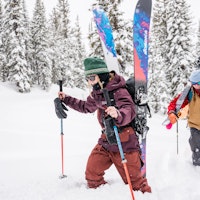
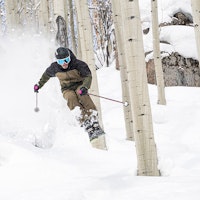
![[GIVEAWAY] Win a Legendary Ski Trip with Icelantic's Road to the Rocks](https://www.datocms-assets.com/163516/1765233064-r2r26_freeskier_leaderboard1.jpg?auto=format&w=400&h=300&fit=crop&crop=faces,entropy)


![[GIVEAWAY] Win a Head-to-Toe Ski Setup from IFSA](https://www.datocms-assets.com/163516/1765920344-ifsa.jpg?auto=format&w=400&h=300&fit=crop&crop=faces,entropy)



